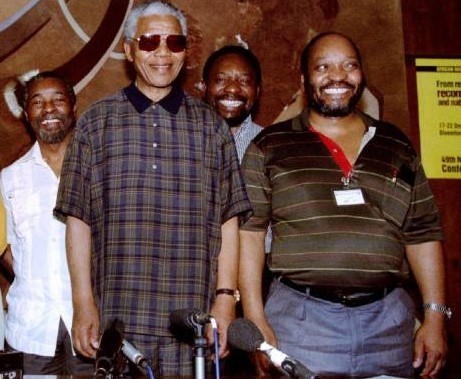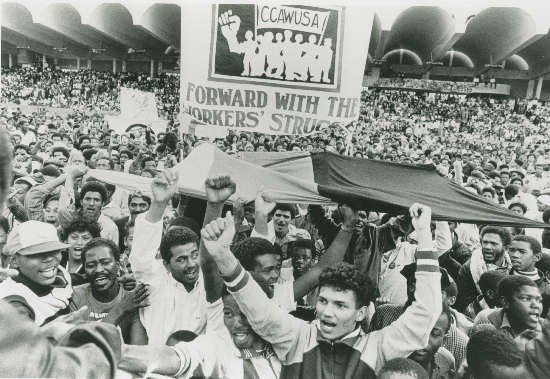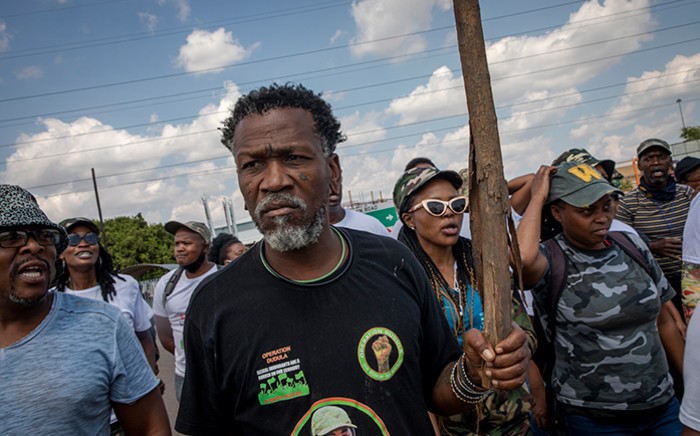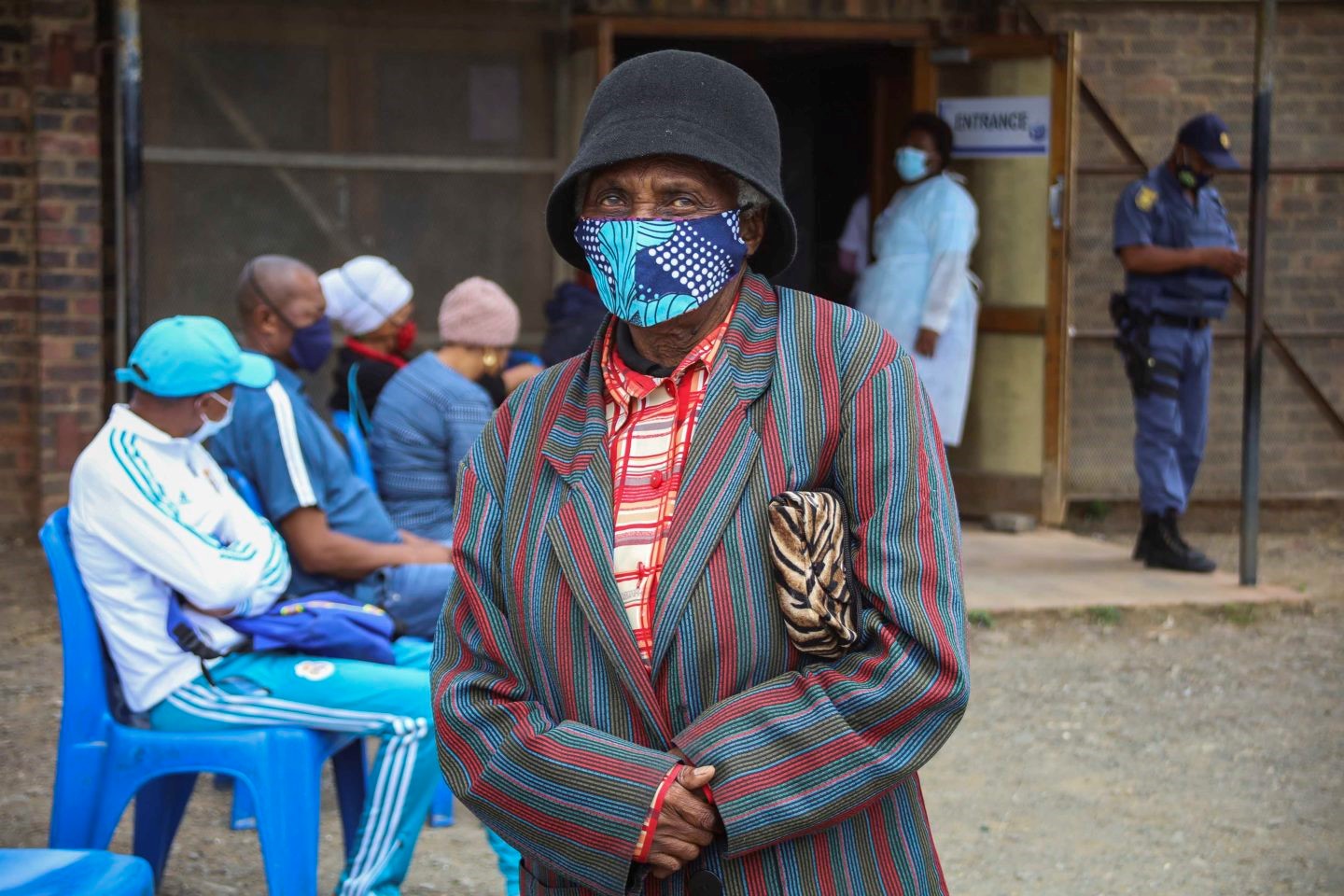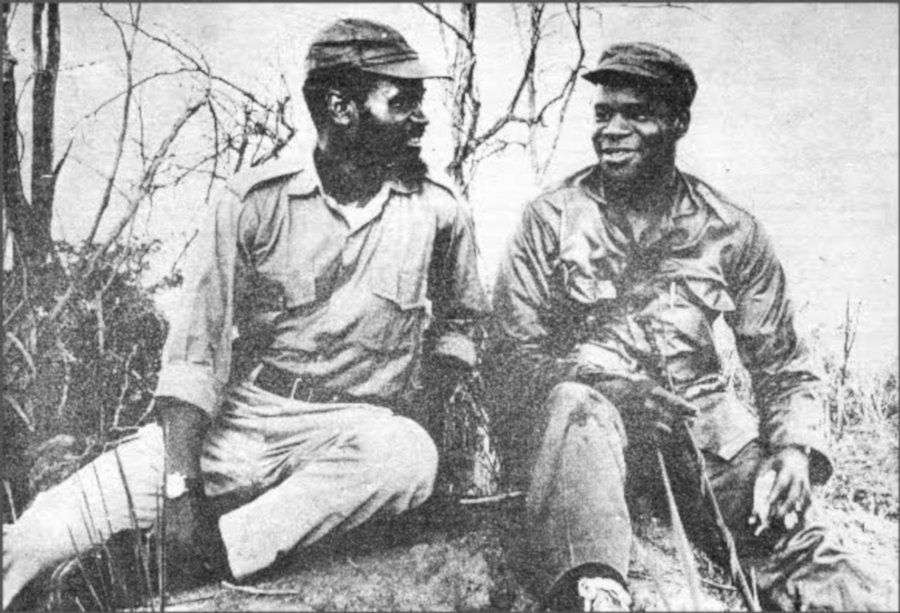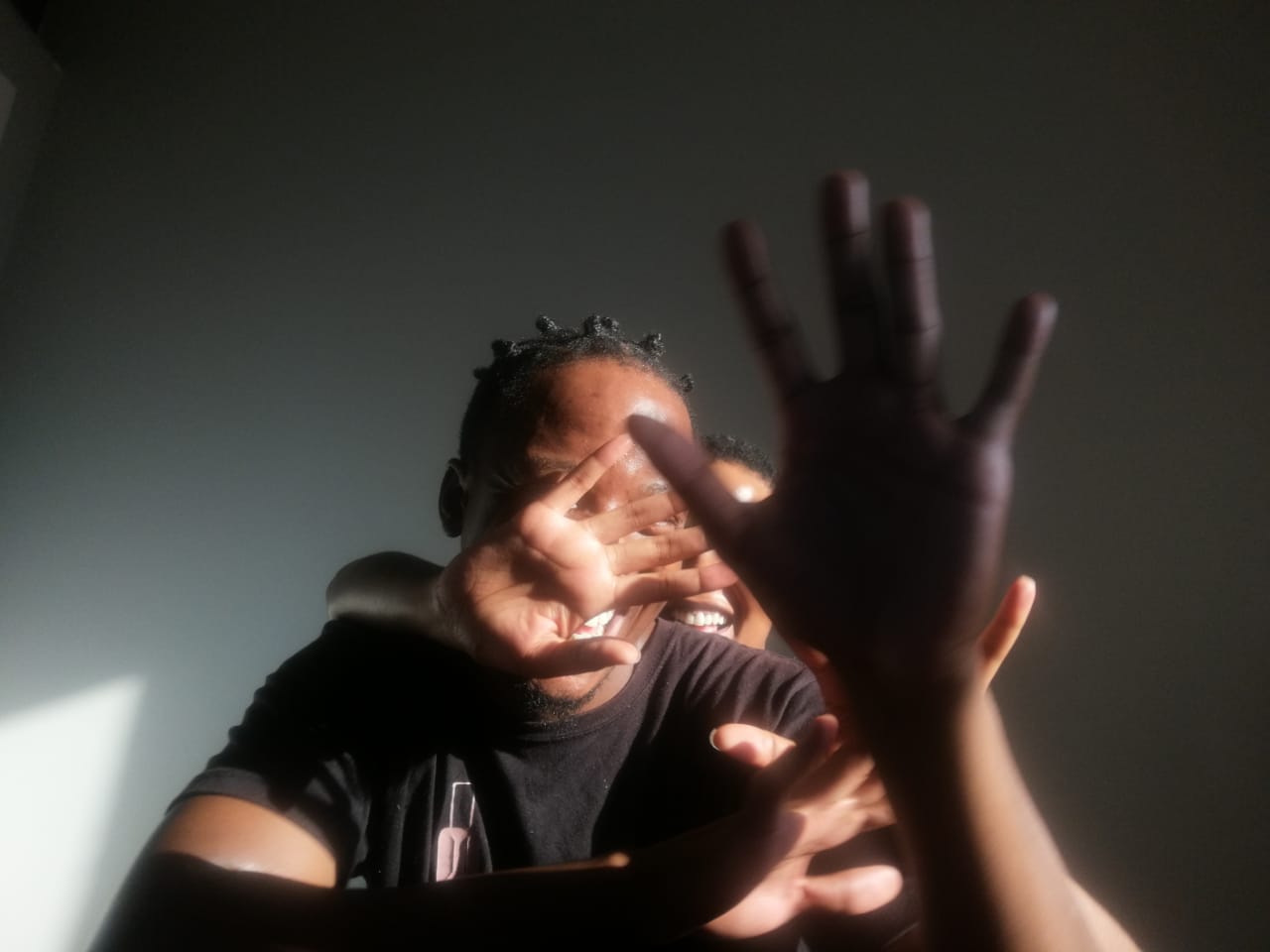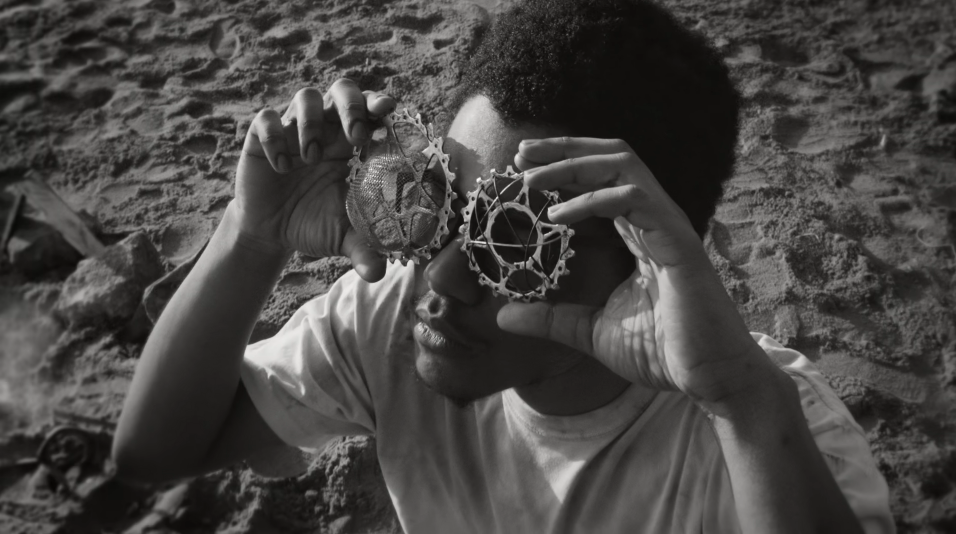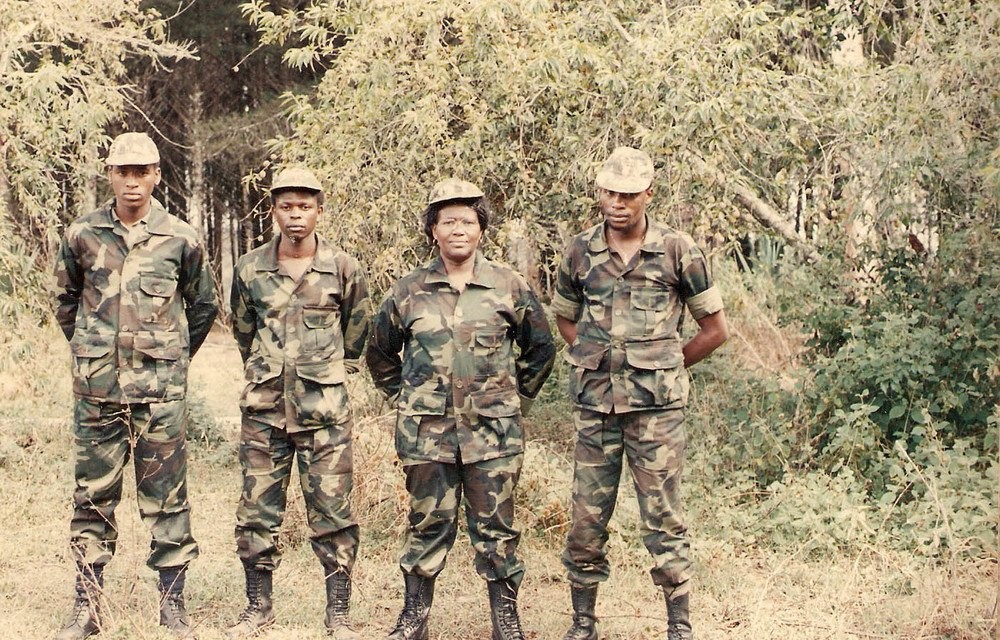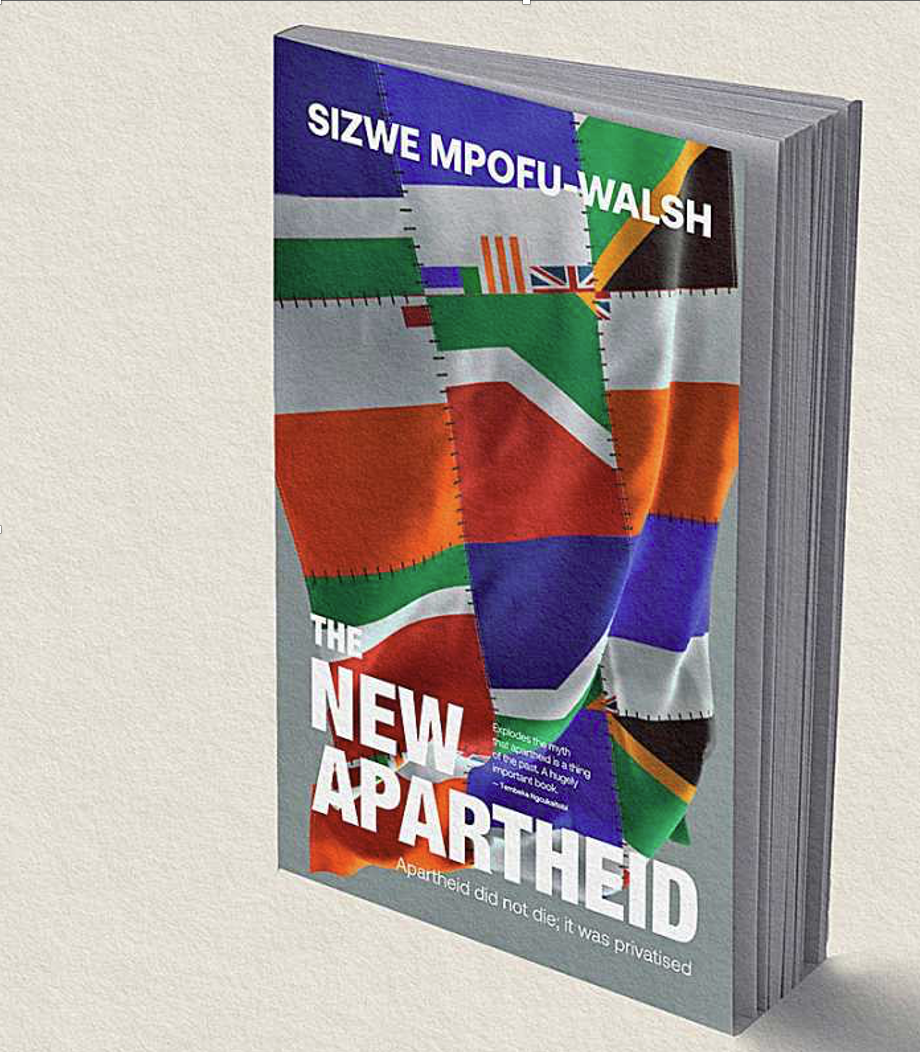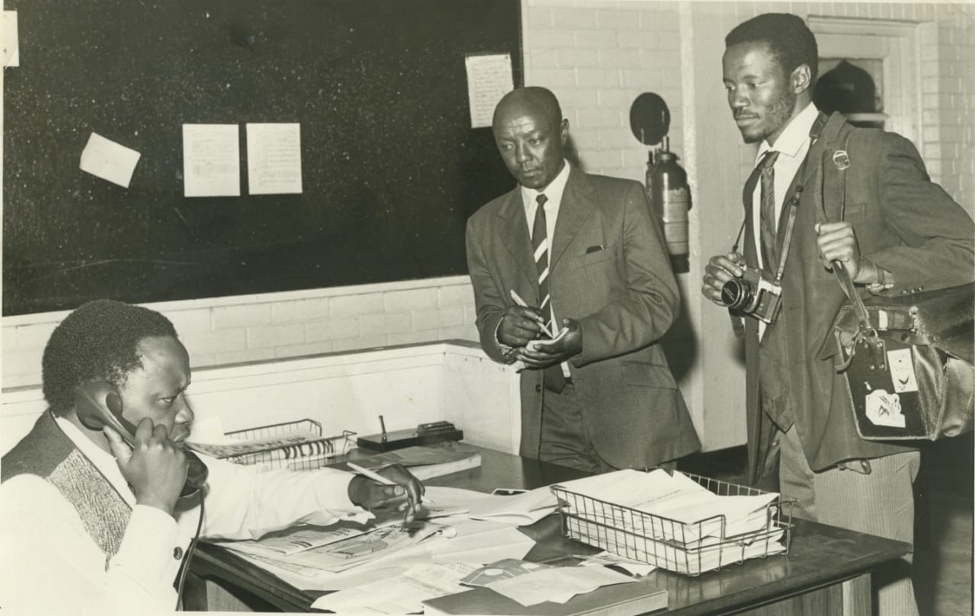Introduction
How a society works is informed by a dynamic relationship between ideology, culture, and political structure, including civil society. This suggests that socio-political change, transformation, and revolution entails a coordinate between systemic, structural, and institutional conditions and the interventions of a variety of actors, including leaders, movements, and civil society. Therefore, the limits and delimits of political and social revolution possibilities in a neo-colonialist setup like South Africa are prescribed by both the ideology and structure of neo-colonial capitalism system, and the choices, decisions and actions of the political leadership and the masses.
This short essay seeks to do comparative analysis of the Mandela, Mbeki, Zuma and Ramaphosa presidencies. The aim is to explain the absence of regime change calls and efforts from the regimes and regiments of capital and the beneficiaries of racial capitalism during the Mandela tenure in office and in the current administration of Ramaphosa and the prevalence of such calls and efforts during the Mbeki and Zuma presidency.
The starting point of the analysis is that the architects, agents and beneficiaries of racial-capitalism have so much to gain from the maintenance of the apartheid economy and apartheid geography and so much to lose from the dismantling of racial-capitalism and the rolling back of the legacies and continuities of colonialism that they cannot risk even the slightest possibility of a revolutionary turn to the left in South Africa – whether initiated by the ruling African comprador bourgeoise or imposed on them by pressure from below.
A change in the patterns of ownership and control of the land and the economy is too ghastly to contemplate for Global Capital, particularly Capital from Global North and White Monopoly Capital, that even demagogic posturing about social and economic policy in that direction will spur them into action to put a leash on a ruling African comprador bourgeoise or to push for its replacement. These forces have seen how in Zimbabwe, after years of using the land redistribution issue as an electioneering plank without any tangible action, the Mugabe government was forced by pressure from below, particularly land reoccupations initiated by the war veterans to act. Therefore, these forces are vigilant about developments in South Africa, the bastion of neoliberal capitalism and white privilege in Africa and Southern Africa. Whenever they get any whiff of a possible temper with the interest of Global capital and white privilege, these forces act swiftly.
The Madiba jive aka the Mandela charm
Upon his release from prison, Mandela said something about nationalisation being part of the ANC policy. The captains of capital were swift in rebuking him. The next day Nelson Mandela made an impassioned assurance to the captains of capital and the beneficiaries of the apartheid economy that nationalisation is not the policy of the ANC and that property rights will not be affected at all under the ANC government. The pro-capital and anti-poor policies of the Mandela administration led to a bourgeoning social movement calling for reparation, restitution, redress and redistribution and campaigning against deregulation, privatization, and commodification of essential services. Using the cushion of the reverence that our people have for Mandela or the so-called Mandela charm, the Mandela administration rebuffed these struggles and concerns of people who feel marginalised by liberal democracy.
Mandela’s spin portrayed the protest as the work of a faceless and counter-revolutionary third force and referred to activists like the late Dennis Brutus, renowned as songster of the freedom struggle - as rebels without a cause or, in the words of one ANC spin doctor in reference to Brutus, “a good man in search of a cause”.
Mandela took the lead in asking people to lower their labour and social demands to tighten the belt to help push kickstart the sekorokoro capitalist economy. Mandela boldly went to COSATU congress to tell workers and their leaders that GEAR is going nowhere and that there will be no turn from the ANC macroeconomic policies. Through words and deed, the Mandela administration provided the assurance that global capitalist interests and white privilege are under no threat in South Africa. Consequently, the corporate media, mainstream academia, big capital and usual peddlers of regime change were subdued in their critic of overt and covert suppression of popular dissent under the Mandela administration and the squeeze that its neoliberal policies had on the subaltern.
The Mbeki GEAR and the African Renaissance
Towards the end of the Mandela tenure in office, the biggest question that troubled liberals and conservatives was what South Africa would be like after Mandela. To his credit, Thabo Mbeki provided the assurance that there would be no deviation from neoliberal capitalist policies. After all, it was common knowledge that he was the real mastermind behind the GEAR adopted during the Mandela administration. Predictably so, the Mbeki administration prioritised economic growth above social development and pinned the hopes of the people on the so-called trickledown effect of accelerated growth. Like the Mandela administration, the Mbeki administration either moved with snail pace or spoke in a forked tongue on reparation, redress, restitution, and redistribution and on the transformation of the patterns of the ownership and control of the land and the economy. It became clear that the apartheid geography and the apartheid economy would remain unhindered under the political leadership of Thabo Mbeki. Within the African Union and through the New Partnership for Africa’s Renewal (NEPAD), Mbeki advanced a developmental path for Africa that is not based on a break with capitalist globalization and neoliberalism but on inclusion in the regimes and regiments of global capitalism, increased globalization, increased trade and financial liberalization and foreign direct investments.
Mbeki mixed his right-wing economics with left speak about unequal power relations between the Global South and Global North, liberalist calls for reforms within Bretton woods institutions and Africanist talk about the need for African solutions to African problems and for Africans to be allowed to resolve their problems on their own. Mbeki’s foreign policy on Zimbabwe and his diplomatic interventions in that country did not impress the countries of the Global North who felt strongly that the only intervention and solution in Zimbabwe was one that had the end-goal of regime-change in Zimbabwe.
Lukewarm as it may seem in the eyes of radical Pan Africanists and Radical Black Existentialists like yours truly, Mbeki’s “Africanism” and African Renaissance project was cause for concern for liberals and conservatives, locally and globally. It did not sit well with class essentialists and rabid non-racialists within the ANC, SACP, COSATU and SANCO for whom any reference to the race question – direct or indirect, is an aberration to their beloved progressive democracy tradition. This coincided with Mbeki eroding on the unwritten golden rule within the Congress Movement that the top leadership of Congress of South African Trade Unions (COSATU), the South African Communist Party (SACP) and the ANC Youth League automatically get appointed into significant ministerial positions.
At the drop of the hat there was a narrative that all the woes of South Africa are the handiwork of Thabo Mbeki and the so-called 1996 Class project and that it will take the ejection of that political class out of political office for the multiclass and centrist ANC to take some swing to the left. Along the same time, Mbeki questioned why the mortality rate of people living with HIV\AIDS in the Global South was higher than that of those in Global North when the first reported incidents of HIV\AIDS were in the Global North. He postulated that there was a link between high mortality rate of people living with HIV\AIDS in the Global South and levels of poverty, hunger, food insecurity and malnutrition, and that people cannot take medicine on empty stomachs. This position did not sit well with the big pharmaceutical industry which wanted rapid rollout of Anti-retrovirals (ARVs) to be the only preoccupation and priority of governments’ strategies on HIV\AIDS. While the campaigns of the social movements and the broader radical left in South Africa for ARVs was informed by the need to save lives, Big Pharma and those in its pockets had a different motive.
Then Mbeki made the paus vaux of a century: “I don’t know of anyone who has died of HIV\AIDS”. Whatever the context, and whatever categoric or allegorical meanings one can attach to the statement, in a country where people were daily burying friends, relatives, comrades and family members who died from AIDS-related illnesses, this was the most indifferent, insensitive, and irresponsible statement that a President of a country battling with the scourge of HIV\AIDS could utter. The AIDS-denialist label, alongside claims of overconcentration or centralization of power in the presidency and the image of a poet-philosopher and intellectual hermit aloof from the realities on the ground became the most important weapon for those mobilizing against Mbeki and his faction within the ANC. The result was the “Anything but Mbeki” syndrome that was effectively utilised by SACP, COSATU, ANC Youth League and South African National Civics Associations (SANCO) in their campaign against Mbeki and for Jacob Gedleyehlekisa Zuma.
The Zuma Moments And the Ramaphoria
With rural roots, a trade union and exile background, Zuma, who was head of intelligence of ANC in exile, was projected as a working-class person who would drive the ANC to the left. Nobody provided anything concrete that Zuma did in his tenure as MEC of Economics in KZN to push pro-poor economic policies and programmes or to roll back the apartheid economy in KZN. Nobody provided any record of Zuma’s interventions during the CODESA discussions and various policy platforms within the ANC that challenged the neoliberal, pro-capital, and anti-labour trajectory. As could have been expected, as soon as he became President, Zuma assured local and global capital that he will not ever move an inch away the macroeconomic policies of the ANC. Even his cheerleaders in COSATU and SACP were unanimous in their observation that his New Growth Path and the New Economic Plan (NEP) were a consolidation of the precepts of GEAR than a move from Mbekinomics.
If there was any assurance that global capital needed that capital interests and White privilege will not be rocked under the Zuma administration, the Marikana massacre provided that assurance. The police turned their guns on workers demanding a salary increase and better working conditions. A day after the massacre Zuma gave the police a pat on the shoulder for defending lives and property, and cynically asked what people wanted the police to do in the face of violent workers.
Subsequently, the South African Broadcasting Corporation (SABC) bombarded us with manipulated footage to give the impression that police were protecting themselves from workers threatening to launch on them with pangas. It took Rehad Desai’s film, Miners Shot Down, using footage that he forced out of the archives of the SAPS to present a counter narrative that exposed Marikana as a massacre of workers in defense of capital. Unfortunately, COSATU and SACP – the supposed defenders of workers and the working class - preferred to go with the state propaganda that depicted workers as a bunch of hordes drunk on African medicine, and rubbished Miners Shot Down as ultra-left propaganda. With such leftists as its antagonists why would South Africa and global capital need liberals and conservatives to shield it?
Other than turn to Asian\ Eastern trans-national capital for co-partners in turning the state into a point of accumulation of private wealth, Zuma did nothing significant in his first tenure in office to unsettle the structure of racial capitalism for the benefit of most of the population. The very people who catapulted him into power recognised this and started calling for a so-called Lula Moment aka Freedom Charter Moment aka Zuma Moment aka Second phase of the transition. This heralded the era of anti-imperialist sounding phrase-mongering about Economic Freedom but not much drastic action in terms practical egalitarian socioeconomic programmes.
Even in the middle of his second term in office, when some radicals were projecting Zuma as an anti-imperialist father of Radical Economic Transformation, he assured everybody in his state of the nation address that South Africa’s participation in BRICS must be seen as complimentary to its relationship to Western capital not a break with it. He chastised the EFF and called them reckless anarchists for sponsoring a move in parliament for constitution to be changed to allow for the removal of property clauses that remain an albatross on land reform and land redistribution efforts. Zuma made it clear that he will not support any land reform project outside the framework of the current Constitution of South Africa. He said he was one of the architects of South Africa’s liberal democratic constitution and will defend it.
In the main, global capital and White Monopoly Capital did not have serious concerns that Jacob Zuma could be some Hugo Chavez or Thomas Sankara as the rhetoric of his cheerleaders suggested. The global capitalist and White Monopoly Capital establishment has become accustomed with the left-speak, right-walk of the ANC and its leaders. What worried these forces was the fact that they were being upstaged by Russia, China and the Guptas in the spoils of neo-colonial, neo-liberal capitalist South Africa. What worried them more was that when the African nationalist speak and leftist hyperboles are exposed for what they are, the masses may impose a turn to the left on Zuma and company, even as a vote-catching posture. These forces started canvassing civil society, the corporate media, mainstream academia and other agents of the construction public opinion and civic consent, for a regime change. As fate would have it, this coincided with the feeling by prominent leaders in COSATU and SACP that their ministerial positions are no longer guaranteed under the Zuma administration. The rest is history. Regime change capital filled the coffers of strategic individuals and organizations. The Zuma Must Fall and Save South Africa marches brought millions on the streets and before you know it Zuma was history.
While the underclasses had all the reasons to be gatvol with the Zupta looting enough to call for Zuma to Voetsek, the regime change intentions of some forces had nothing to do with the havoc of corruption on the lives of citizens but more to do with fighting for their share of the loot, if not the control of the looting. The next question for these forces after ejecting Zuma was: “Who will be best to ensure that the loots is ours?” The choice became clear in the search for another Moses for capital. A man who understands the logic of capital and has enough share in local capital to defend its interest at all costs. A man who is one of the key architects of the ultra-liberal capitalist dispensation and constitution. A man who got enough loot from the CODESA and Equity Deals. Cyril Ramaphosa! Finally, capital has one of its own as head of the state. We are hardly at the end of the first term of Ramaphosa in office but we all can see that the promises of renewal, new deal and war against corruption are not going to go beyond the factional fights of fractions of capital and cabals of the ANC for the monopoly to loot. Beginning with the electiongate scandal of the CR 17 campaign, scandal after scandal and fact after fact have exposed that the only difference between Ramaphosa and Zuma is their choice of partners in the looting.
Conclusion
A historic background is important to put the event narrated above in context. One of the peculiar features of Apartheid South Africa was that the blokes who were the champions of its policies and programmes, the Broederbond and the Afrikaner universities, were petit-bourgeoise rather than a bourgeoise class with a stake in the commanding heights of the economy. This class was therefore not completely acquainted with the logic of capital. It therefore thought it was sustainable for local capital to flourish in the face of increasing pressure for local capital to isolate Apartheid South Africa. It is Anglo-American capital based in South Africa that was able to envisage that a more sustainable way of salvaging capital and shielding White privilege was a surface modification of society through a liberal democratic dispensation that will allow structural apartheid-capitalism to flourish under a democratic institutional framework. To bring in their Afrikaner counterparts to this logic, the English capitalist had to recruit the Afrikaner petit-bourgeoise to the logic of capital or a keener comprehension of the workings of global capital. This took the form of offering big shares to the Afrikaner Petit bourgeoise and transforming the likes of the Ruperts and the Ackermann’s and elements within the Broederbond into big capitalist tycoons. Once recruited in the logic of capital and convinced of the protection of White privilege under a liberal democracy guarded by the African comprador bourgeoise class, this group were on the airbuses to Lusaka to discuss a negotiated settlement with the ANC. It is this group that enlisted the likes of Botha and De Klerk to the reformist agenda of a negotiated settlement based on power-sharing, guarantee of minority rights, and guarantee of property rights. Once this was done, the next-step was to recruit a section of the African and petit-bourgeoise class and\or middle-strata classes into the bourgeois ranks through free shares and equity deals and the Black Economic Empowerment project. As soon as this tiny section of the African upper classes, consisting of mostly social and political elites within the ANC, SACP and COSATU, was recruited into the logic of capital, it became the best defenders of neoliberal policies and programmes.
To complete effectively in the ntja-eja-ntjanyana world of capitalism, this newly established African bourgeoise class, including the current President and some members of his cabinet, had to engage in divisive capitalist practices such as offshore investments, capital flight, and tax evasion and all sorts of forms of super-exploitation of labour and denigration of the environment for accumulation of private wealth. In this way, an unholy alliance between the emergent African bourgeoise, White Monopoly Capital and Global Capital, especially Anglo-American capital, emerged and blossomed. The snag was that a section of the socio-political elites within the ANC that became part of government but was not party to the equity deals, felt excluded in the face of the sudden riches and opulence of their ANC counterparts. This group had to turn to the state as a point of accumulation. On the other hand, the alliance of growing African bourgeoise, White Monopoly Capital and Global capital wanted in the loot of the state too. Eastern capital wanted in too. It was a matter of time for the African comprador bourgeoise class that did not benefit immensely from the CODESA, and equity deals to find common cause with Eastern Capital. Naturally, both factions are forced to enlist popular demands, social issues and nationalist and democratic concerns to boost their campaigns. In the absence of any tangible alternative the masses will remain trapped between the two warring fractions of capital of factions of looters. This effectively translates into being trapped between the devil and the deep blue sea. The way out of this morass is building and sustaining platforms where people critically reflect on their lived experiences, explore, share, and experiment with practical solutions to their realities outside of the hierarchies, bureaucracies, orthodoxies, dogmas, and canons of the highly sectarian and factionalised conventional political parties. This requires a movement-building, coalition-building, united front approach that link all forms, methods, and sites of struggle and activism, centred on the lived realities and daily struggles of the people on the ground.

